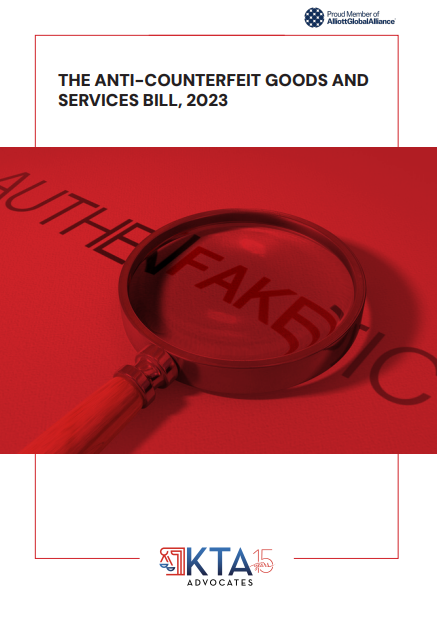The people of Uganda are yet to harness the true potential of Intellectual property (IP). How could they when only just a handful of the population know what a Copyright, Trademark or Patent is.
In the last 20 years, we have seen exponential growth in the sectors of business and technology. Yet somehow, this growth has not extended to the field of intellectual property. Uganda is still one of the lowest ranked countries in Africa in intellectual property applications.
According to the World Intellectual Property Organization (WIPO), by 2012, Uganda had only 2 Patent applications compared to 70 in Rwanda, 256 in Kenya and 7,444 in South Africa. Although we are somewhat atoned by the number of Trade Mark applications;1,288 by 2012 to be precise, this is disconcerting compared to the 4,090 in Zambia, the 4,193 in Kenya and the whooping 34,604 in South Africa. The disparity is alarming seeing as we are yet to see any applications for Industrial Designs or Utility Models at the Intellectual Property Office at Uganda Registration Services Bureau (URSB).
The Government and relevant stakeholders still have a lot to do in emphasizing and promoting creativity and innovation. Creativity and innovation are considered crucial tools for growth and sustainable development. Education and training are seen to contribute to the promotion of these capacities. Hence, further action is needed both at the national and regional level to incorporate creativity and innovation into lifelong learning.
In all fairness, Uganda has made significant advances in strengthening the administration and management of intellectual property rights. The Ugandan Parliament has enacted considerable IP legislation like the Trade Marks Act 2010, Copyright and Neighboring Rights Act 2006, The Geographical Indications Act 2013, Plant Varieties Act 2014 and Industrial Property Act 2014. These have given a lifeline to an otherwise struggling sector and strengthened the enforcement of IP rights. Needless to say, these laws need constant review if they are to keep up with the ever changing nature of IP.
The Trade Marks Act 2010 for example, recognizes an exclusive licensee as having the same rights as an owner of Trade Mark. However, the act does not clearly indicate whether/how a licensee can maintain an infringement action. This is in contrast with the UK Trade Marks Act 1994 that spells out specific provisions for rights of Licensees in case of infringement and clearly provides for the procedure that an exclusive Licensee can follow in a suit against a Trademark infringer.
Other legislation like the Industrial Property Act 2014, which were enacted to address lacunas in the law have provisions which in this authors view, further stifle creativity. Section 8(3) (f) of the Act excludes pharmaceutical inventions from protection under the act. Such exclusions can only be explained in more developed countries but not in a least developed country (LDC) like Uganda that barely has any known modern inventions in the field of pharmaceuticals. It is important for an LDC promote scientific inventions, in whatever field they might be, as long as they fulfill the requirements of patentability. This is why Article 66 of the Trade Related Aspects of Intellectual Property Rights agreement (TRIPS) to which Uganda is a signatory, gives extensions to LDC’s in applying such exclusions/provisions to domestic laws.
Uganda also lacks regulations to operationalize laws like the Geographical Indications Act 2013 and Plant Varieties Act, 2014. The Plant Varieties Act was enacted in June, 2014 to protect plant variety rights in Uganda which in turn would incentivize technological innovation, stimulate creativity and increase income through export of plant genetic resources.
The Geographical Indications (GI) Act 2013 was enacted to protect locally manufactured products peculiar to specific regions in the country and also promote their uniqueness and reputation. GI’s may include the Buganda Bark Cloth, Bugisu Coffee and Pakwach Stools among others.
The biggest hindrance to IP growth in Uganda seems to be the limited awareness of the population on the importance and value of IP as assets. Perhaps it is time to shake the lackluster attitude towards IP in Uganda and join the rest of the world in reaping the rewards of IP. Developed countries must also encourage technology transfer to least-developed countries like Uganda in order to enable them to create a sound and viable technological base.



